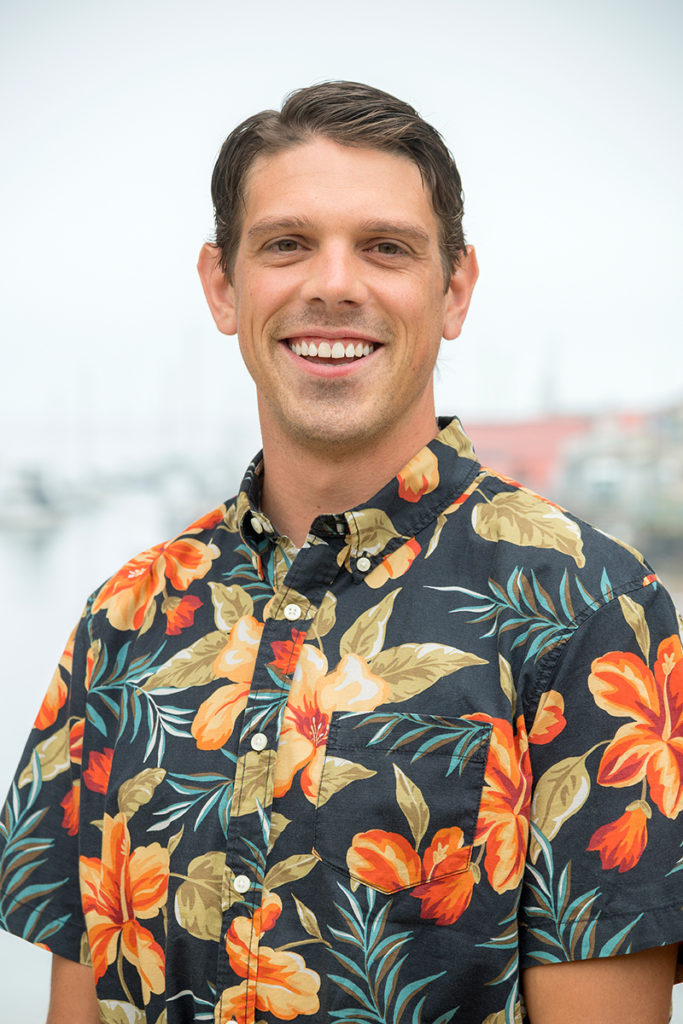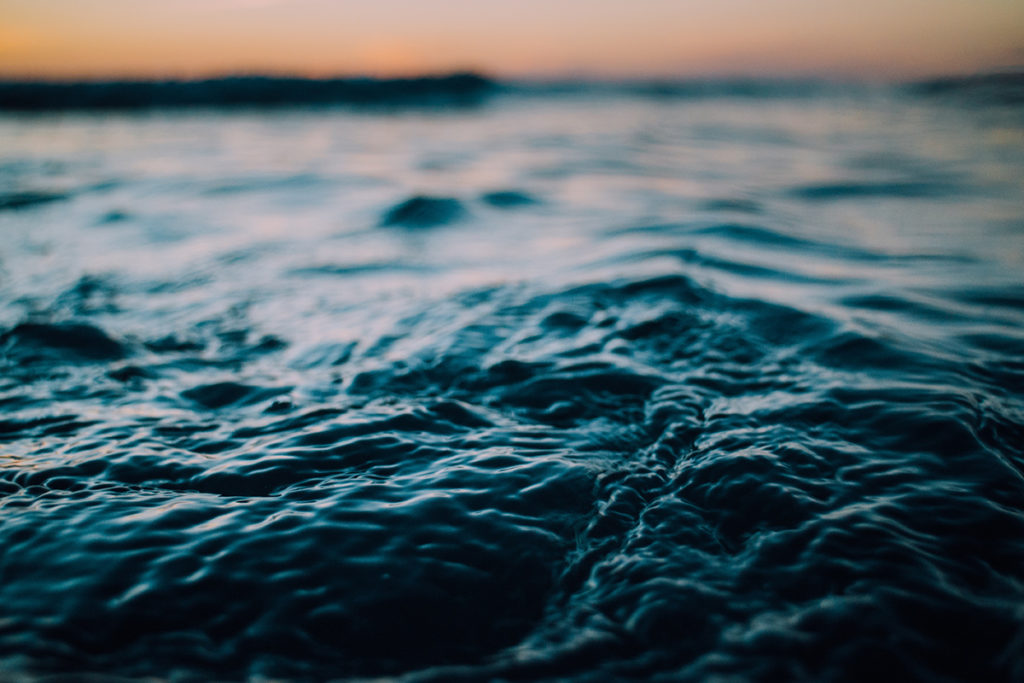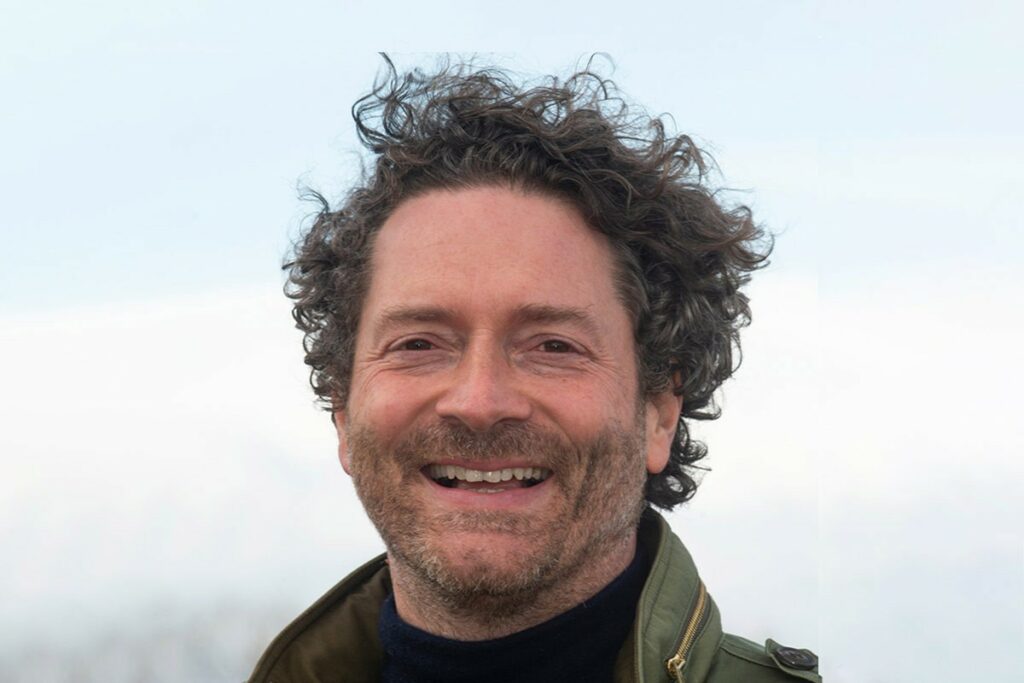Q&A with Monterey Bay Aquarium’s Taylor Voorhees
Editor’s note: In 2018, the Global Aquaculture Alliance will be spotlighting various members dedicated to GAA’s mission of responsible aquaculture. Membership starts at only $50 for individuals and $5,000 for businesses. Start utilizing our extensive benefits.

Tell us about your background?
My background is rooted in aquaculture through the lenses of fish physiology and aquaculture engineering, and mainly within the marine finfish realm. I started in larval rearing, and cut my teeth building systems and growing cobia and various other finfish, mostly at the Cape Eleuthera Institute, the University of Miami, and the University of Rhode Island. I went to URI for undergrad, and in the middle of my last year, was approached by one of my professors, Dr. Terry Bradley. He was starting a tuna project, and was I considering grad school. I ended up staying at URI to build a research project aiming to develop methodologies for land-based tuna culture. My first two-plus years of my Master’s were spent literally designing and building a broodstock-holding facility, larval rearing, live feeds, etc., and figuring out how to capture bluefin and yellowfin tuna from the Atlantic canyons and transport them live back to the land-based facility. When we were finally able to reliably get fish back and keep them alive and feeding, they began developing a really unique condition; it was clear that solving this problem precluded any spawning and larval work, so I ended up conducting my thesis on the epidemiology of this disease. The manuscript is (still) in prep, so no secrets now. Stay tuned. I’m now at Seafood Watch, where I review our aquaculture assessments to ensure they’re scientifically robust and I am working on our efforts to answer the call from key producing species groups and regions – mainly Southeast Asian shrimp – on how to improve production practices to achieve SFW Good Alternative and Best Choice recommendations.
Why did you join the GAA?
GAA was one of the original flag-wavers for responsible aquaculture. GAA has amassed widespread recognition for holding a standard (er, many standards), but encouraging and facilitating improvement toward them. I think it’s important for standard-holder organizations to recognize what it takes to meet certain sustainability bars and understand what they mean to producers, and I think GAA’s approach and longevity have served them well in achieving that recognition and understanding. I also value GAA’s ability to communicate with and convene such a sweeping swath of our industry. I think the Advocate does a great job of keeping us all informed of new and cool things happening in the industry, and I’ve never managed to have a bad time at a GOAL conference.
What solutions do responsible aquaculture provide?
A consistent source of food and livelihoods – with consistent being an integral piece. Irresponsible aquaculture might provide food and livelihoods, but its susceptibility to catastrophic disease events or other volatility threaten the long-term provision of those benefits/solutions. Responsible aquaculture serves to disprove the oft-cited misconception that all aquaculture is bad; it demonstrates that aquaculture can be done right, providing valuable resources without having an unacceptable impact to the ecosystem.
Three words that best describe the future of the industry?
Vital. Improving. Collaborative.
Where is the most interesting place you’ve traveled to?
Myanmar or Zanzibar.
Taylor Voorhees and other GAA members are listed on our website.


